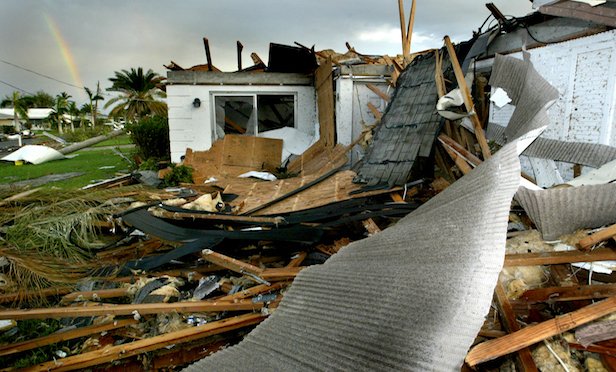 June 1 marks the start of the 2018 hurricane season. Here, Bryan Wood offers advice to homeowners on ways to protect their homes. (Photo: J. Albert Diaz)
June 1 marks the start of the 2018 hurricane season. Here, Bryan Wood offers advice to homeowners on ways to protect their homes. (Photo: J. Albert Diaz)
Hurricane season, which runs from June through November, is just around the corner. With it comes the need for agents, brokers, insurers and claims experts to educate homeowners on how to better prepare for the storms that can change their lives.
Recommended For You
Want to continue reading?
Become a Free PropertyCasualty360 Digital Reader
Your access to unlimited PropertyCasualty360 content isn’t changing.
Once you are an ALM digital member, you’ll receive:
- Breaking insurance news and analysis, on-site and via our newsletters and custom alerts
- Weekly Insurance Speak podcast featuring exclusive interviews with industry leaders
- Educational webcasts, white papers, and ebooks from industry thought leaders
- Critical converage of the employee benefits and financial advisory markets on our other ALM sites, BenefitsPRO and ThinkAdvisor
Already have an account? Sign In Now
© 2025 ALM Global, LLC, All Rights Reserved. Request academic re-use from www.copyright.com. All other uses, submit a request to [email protected]. For more information visit Asset & Logo Licensing.








